Cypress trees
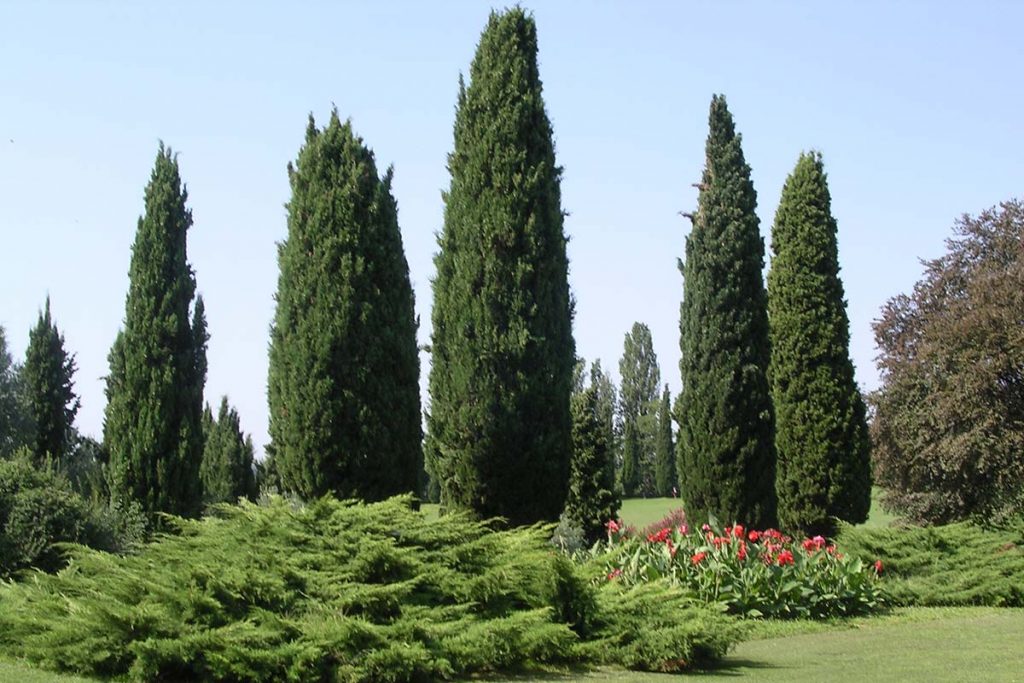
Cypress trees were introduced from Europe. The African species is Widdringtonia from the Cedarberg area. These evergreen trees produce woody cones and release their allergenic pollen from June.
Oak trees
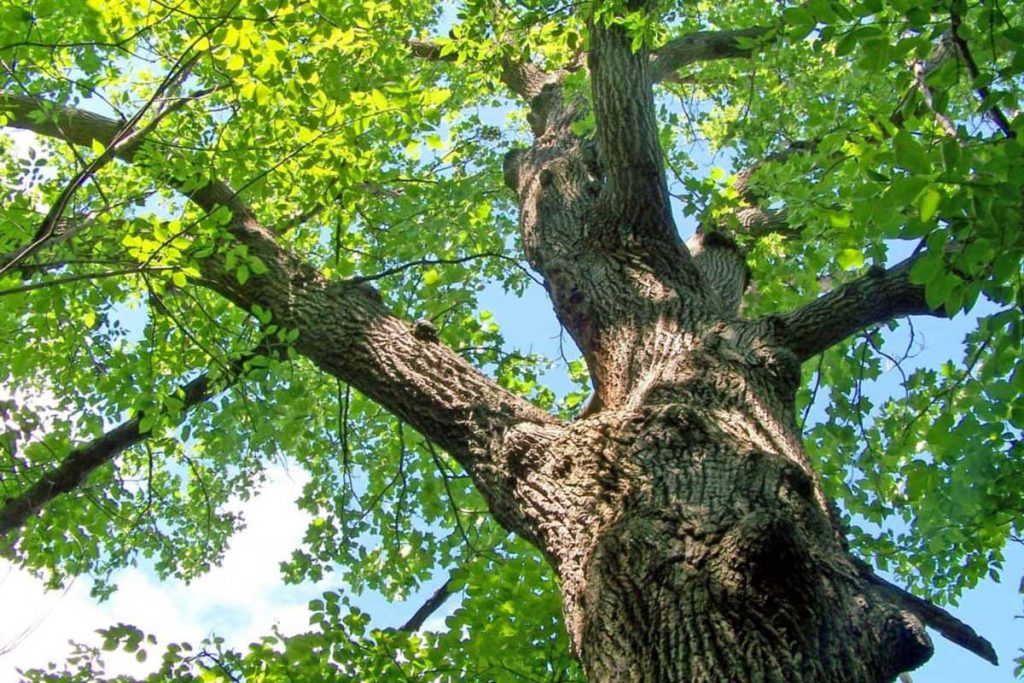
Quercus robur is the species of oak tree most commonly found in South Africa. Oak trees produce acorns from late summer then shed their leaves. Allergenic pollen is released in spring.
Plane trees
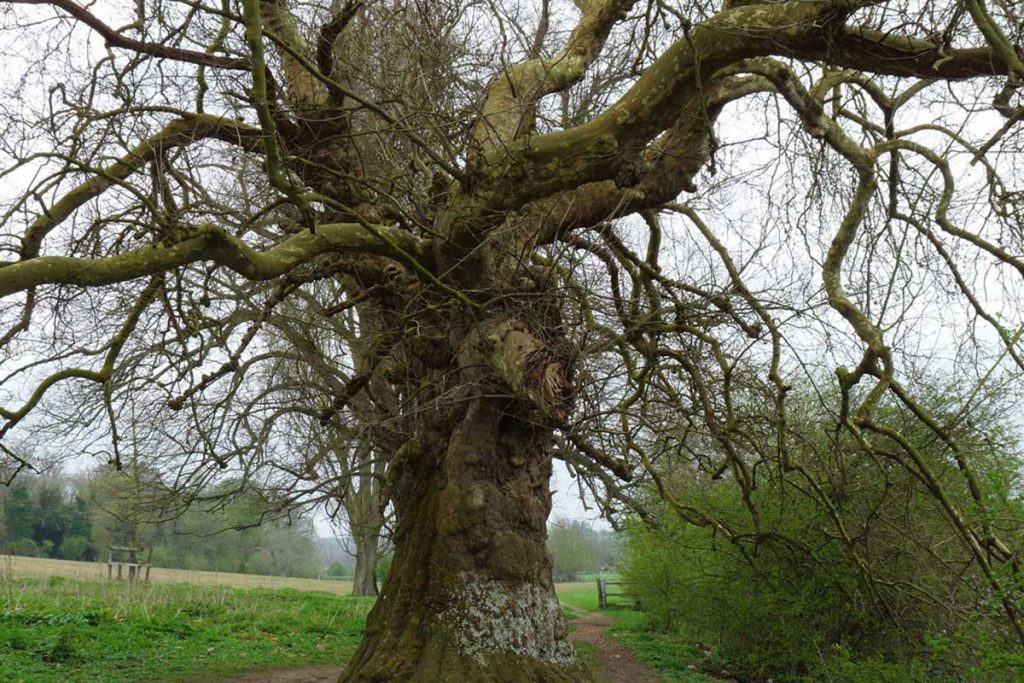
Plane trees, most commonly London plane trees, have a short pollen-release season of six weeks in spring when they flower from the end of August.
Olive trees

The wild olive Olea europaea, subspecies Africana is a popular tree that has been planted throughout South Africa especially in public spaces. It releases allergenic pollen from October to March.
Elm trees
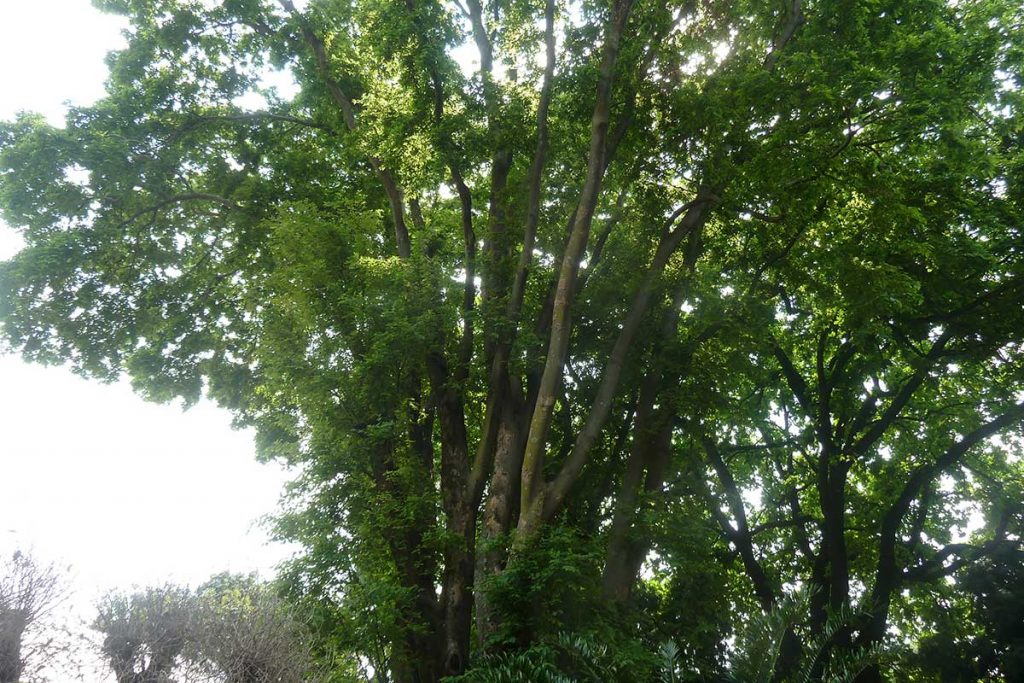
Celtis Africana or white stinkwood is an indigenous South African hardwood tree that flowers from October to March releasing allergenic pollen.
Rhus
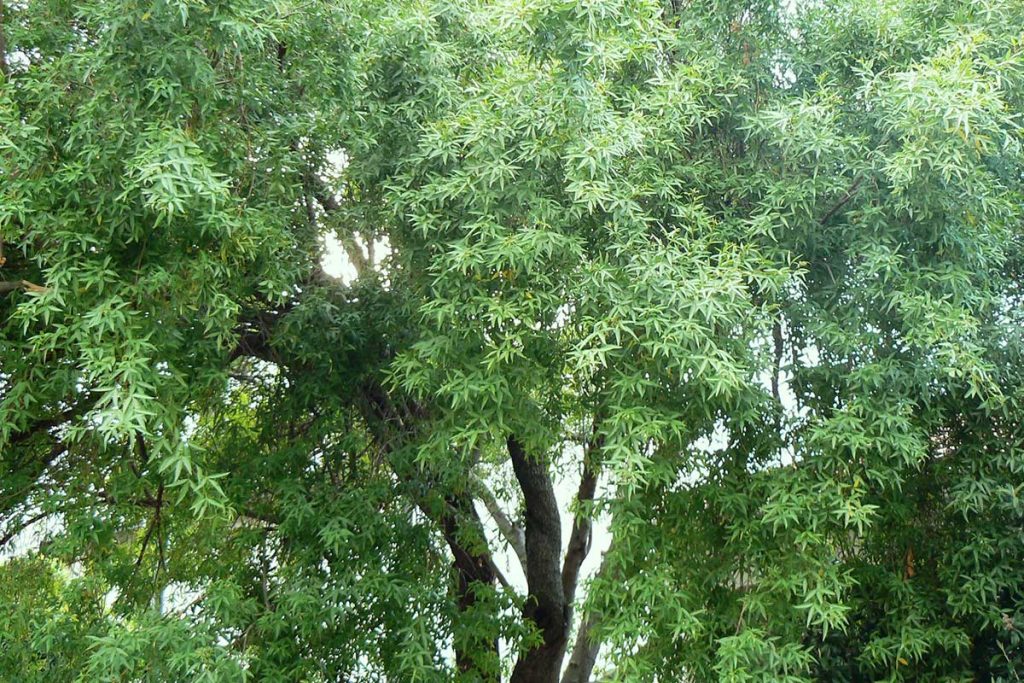
This indigenous tree is widely planted because it is fast-growing and economical with space. There are 74 species with diverse flowering times, so the allergenic pollen is released from October to March. Although it is insect-pollinated, the pollen is detected in air samples. The sap from this tree may cause contact dermatitis.
Ryegrass
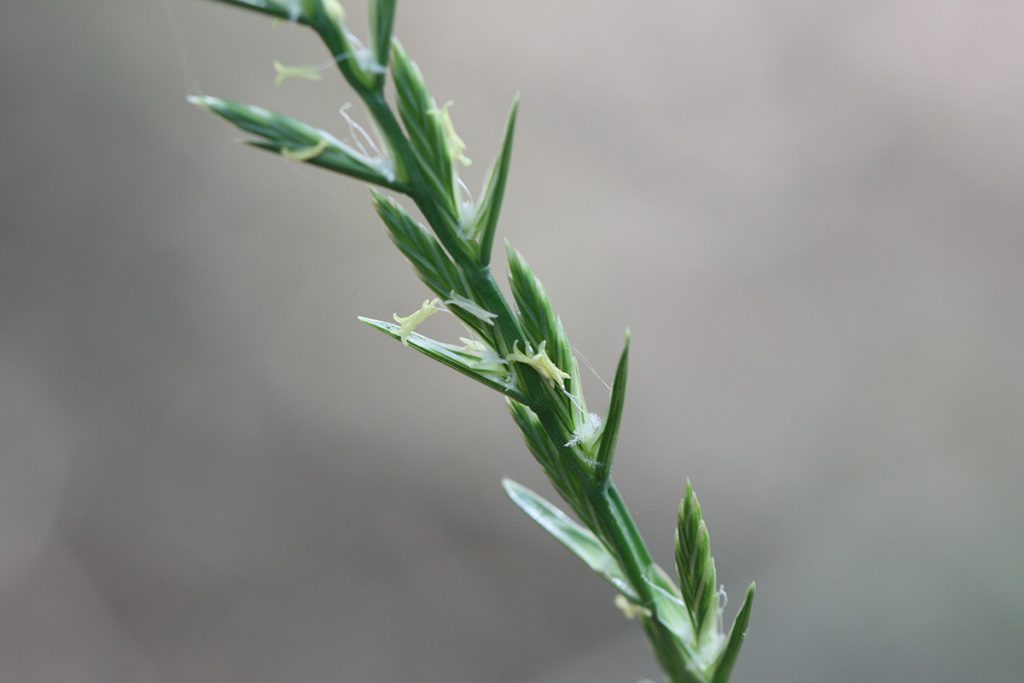
Ryegrass is considered to be extremely allergenic. It flowers in mid-season, from late September.
Winter grass
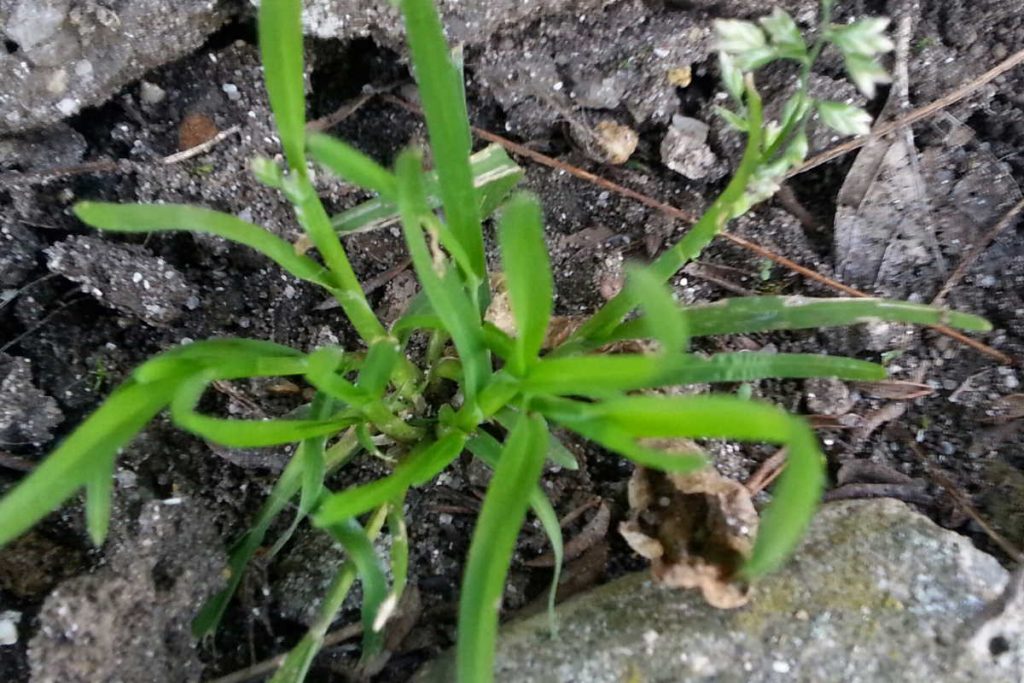
This tiny grass flowers in June in winter rainfall areas. It is related to Poa pratensis or Kentucky blue grass, and has characteristic crinkled ‘herring bone’ pattern on some of its leaves.
Wild oat grass
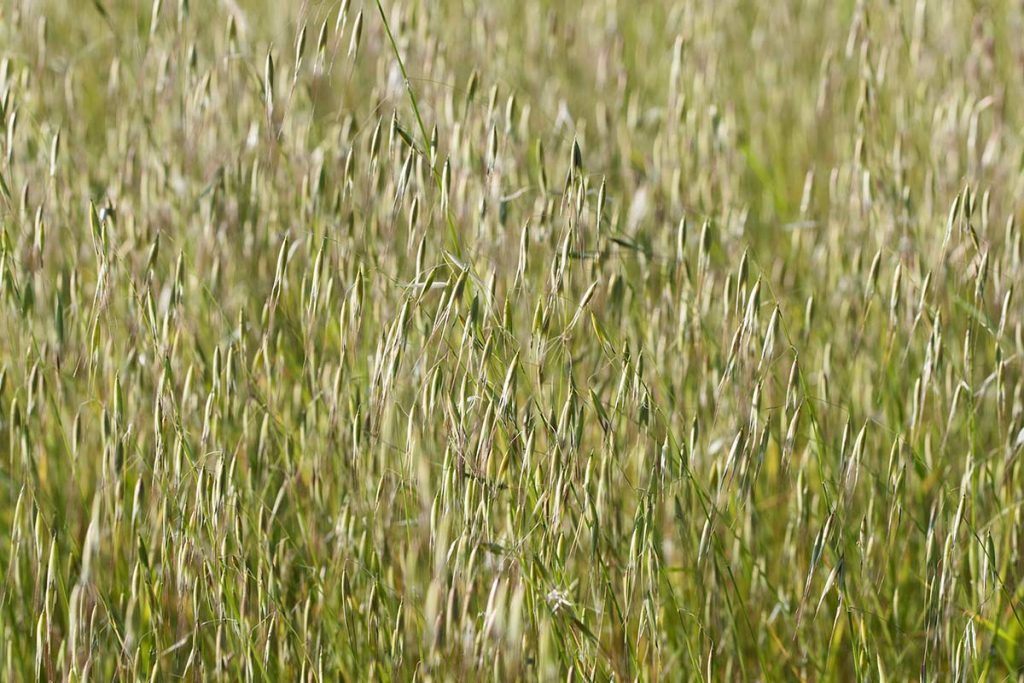
Wild oat grass appears in midwinter in some areas, but takes a few weeks to grow to its maximum height of 1-4 feet before it releases pollen. It produces long waving fronds from August.







